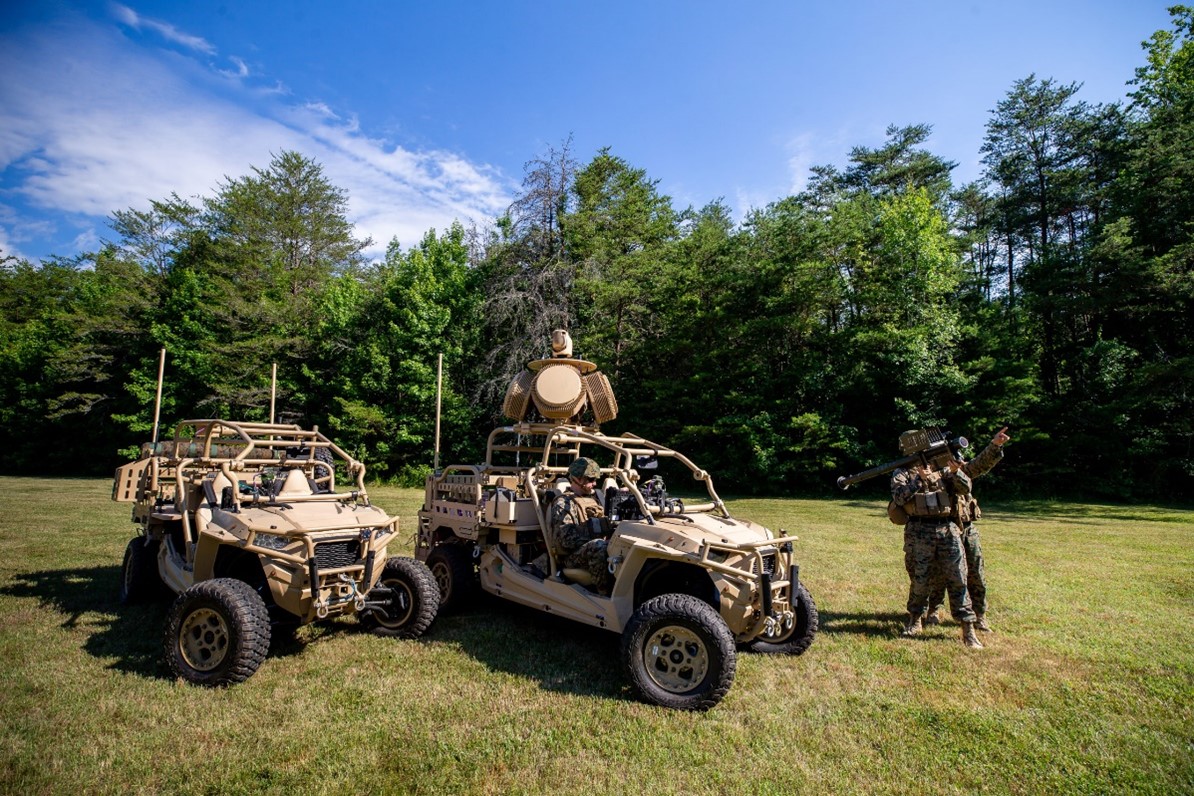
‘Counter-Adversary’ Radars- A Profile

While military radars have multifarious designs, roles and uses, most radars are designed for a specific function- whether that be surveillance/ target acquisition, weapon location, meteorological, or Counter – Unmanned Aerial Systems (C-UAS). The very nature of the function would require specific technological architecture and therefore, transcending technical requirements in order to incorporate multiple functions within the same machine have hithertofore posed difficult, if not insurmountable. technological hurdles. This has caused radar manufacturing companies to concentrate on specific military applications, as enumerated above.
However, single-function machines pose a tactical imbroglio of deployment, due to limited favourable locations, as also a logistics challenge in that there are multiple radars required within the same battlespace to cover all military requirements- which also bring with them the associated problems of separate technical/ repair expertise and power requirements.
What is the Solution?
The issues brought out above have motivated radar manufacturing firms to make attempts at amalgamating various military radar functions into a single machine, in order to perform multiple missions and take on all/ multiple counter-adversary roles. A true counter-adversary (CA) radar would consequently be capable of performing all/ most roles associated with surveillance, target acquisition, detection, tracking and weapon guidance, against the adversary’s ground as well as aerial targets.
Technological Paradigm
Modern multi-mission/ multi-mode radars would necessarily need to incorporate an Active Electronically Scanned Array (AESA) at their core. An AESA radar is a computer-controlled phased-array radar that consists of an array of transmitter/receiver modules. These modules allow the radar beam to be electronically steered and thus obviate the need for a moving/rotating antenna. The AESA radar sends out active emissions in varying directions at high scan rates with random frequencies, thus making it difficult for the adversary to detect and jam the radar. Modern radars also need to incorporate 4D technology. A 4D imaging radar is a high-resolution product improvement over the erstwhile 3D radars presently in vogue. 3D radars are capable of determining the Distance, Direction and Doppler (Relative Velocity of the target with respect to the radar source) of the target object. 4D radars add the fourth dimension of vertical information. This information in all three planes, along with velocity information, coupled with high scan rates of the AESA radar and high doppler resolution, build up a comprehensive image of the target.
The various missions/ roles mentioned above represent the complete spectrum of radar missions for tactical functions that would make up the ‘bucket -list of any military today. These are briefly profiled in succeeding paragraphs.
- Combat Platform Protection. A Multi-Mission radar (MMR) would be central to Active Protection Systems (APS), Vehicle Protection Systems (VPS) and Hostile Fire Detection Systems (HFDS) of mobile combat platforms like Armoured Fighting Vehicles (AFV) or Infantry Combat Vehicles (ICV). The MMR would be a software-defined, S/X/C band radar platform (the most notable advantage of S-band being its low susceptibility to atmospheric attenuation, thus allowing greater detection ranges), which incorporates an AESA antenna and Gallium Nitride (GaN) amplifiers with advanced 4D processing capabilities, thus facilitating increased transparency, even through enhanced ground-clutter. GaN-based electronic components offer important advantages over silicon counterparts, including compactness, higher power and efficiency, reduced power loss while switching between missions/ modes and better thermal insulation. The radar, which would be hardened and offered ballistic protection, should be capable of quickly detecting, tracking and classifying existing battlefield threats over 360º. These threats could include small arms fire, Rocket Propelled Grenades (RPG), Anti-Tank Guided Missiles and hostile main-gun fire from adversary’s AFVs. Early detection and classification of these threats would facilitate manual/ automatic adoption of appropriate countermeasures. The modular open system architecture (MOSA) of the radar system would allow easy integration with various soft/ hard kill weapons of the combat platform, thus completing the APS loop (types of APS have also been covered @ https://chanakyaforum.com/indias-futuristic-infantry-combat-vehicle/ and https://chanakyaforum.com/indias-arjun-mark-1a-vs-pakistans-vt-4-rival-chariots-of-fire/).
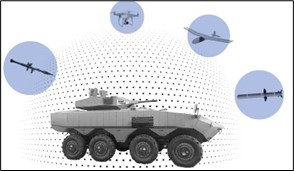
Depiction of aCHR Functions as Part of APS: Source-rada.com
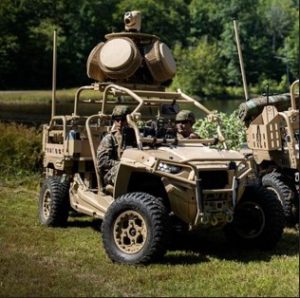
A US Marine Corps High-Mobility Vehicle Mounted with a Radar Array for 360º Coverage (4x Radars, Each Capable of 90º Coverage in Azimuth):Souce-rada.com
- Counter UAS (C-UAS) and Short-Range Air Defence (SHORAD). Present-day warfare is characterised by non-linear operations incorporating military resources as well as COTS hardware for prosecution of operations. ‘Grey-zone warfare’ (low-threshold conflict in no-war, no-peace scenarios) would allow for proliferation of UAS for surveillance or strike. Such a threat would necessitate generation of a real-time local air surveillance picture to enable speedy identification and mitigation of such threats. MMR are capable of providing air surveillance functions for detection and tracking of incoming UAS (including mini/ micro/nano-drones) or rotary-wing aerial threats. The radars would also provide fire-control functions for C-UAS systems to neutralise identified threats.

C-UAS and SHORAD Functions:Source-rada.com
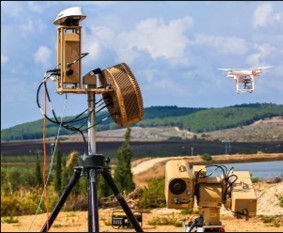
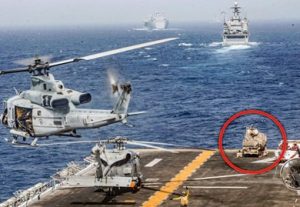
MMR Incorporated in C-UAS System/ News Grab Showing MMR Deployed as part of C-UAS System on a US Warship in 2019:Source-rada.com
- Counter Artillery Missions (CAM). These would cover the entire ambit of detection and location of indirect-firing weapons, to include field artillery, rockets and mortars. The MMR and its improved variants should be capable of carrying out CAM functions by detection and tracking of hostile indirect fire to ascertain the projectile’s point of origin and extrapolated point of impact in real-time. The radar software can also be integrated with existing C4I architecture to mobilise counter-artillery engagements with own resources.
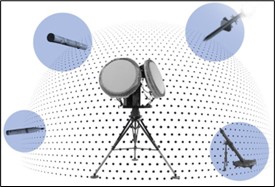
Counter Artillery Functions:Source-rada.com
- Perimeter Surveillance. Perimeter surveillance of static military installations, including bases, airfields and coastal maritime installations as also strategic facilities of National importance like oil refineries and seats of Government would require persistent, all-weather day and night surveillance, with capability of detection, identification and acquisition of ground, aerial or maritime threats. MMR assigned for this purpose must be capable of performing the above functions as part of an integrated C4I network or autonomously, should the need arise.
Global Scan
Several leading players in the global defence industry are manufacturing MMR today. RADA radars from Israel are a versatile and lightweight set of radars which gives 360-degree coverage with 4 panels. It overcomes the limitations inherent to rotating radars. Some of these are profiled in succeeding paragraphs.
- RADA Electronic Industries Ltd Israel. RADA, an Israeli Radar manufacturing firm, is a leading producer of MMR and has already supplied military radars for the Israeli and US Armed Forces. They have participated in successful engagements of hostile UAVs in actual combat. The firm manufactures software-defined lightweight radars for survivability and counter-adversary functions, especially in mobile operations. Its radars are based on 4D AESA technology, which, the firm claims, meet the highest SWaP-C (an acronym for size, weight, power and cost) criteria. The products include ‘mini-tactical radars for active military protection, counter-drone applications, critical infrastructure protection, and border surveillance’. RADA’s mobile and static tactical radars perform all of the missions elucidated above. RADA’s MMR have been incorporated into the US Interim Manoeuvre SHORAD (IM-SHORAD) System based on the Stryker Combat Vehicle platform. It is also mounted onto the Light Marine Air Defense Integrated System (LMADIS), mounted on a 4×4 Joint Light Tactical Vehicle. RADA fields a multitude of MMR as below:-
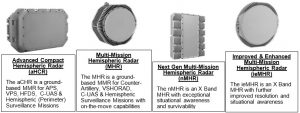
In addition, the Extended MHR (xMHR) is RADA’s next generation radar platform for MSHORAD for mobile combat elements, providing enhanced fire control and air surveillance capabilities. RADA radars are all designed for unattended automatic operation 24/7, with extremely high reliability and availability, thus provided a very cost-effective solution for detection of UAVs which can appear by surprise at any time.
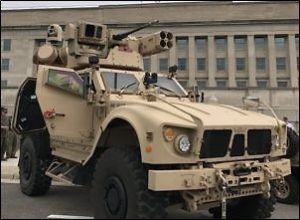
RADA’s MMR (Seen at Rear) Mounted with LMADIS:Source- missiledefenseadvocacy.org

A US Army Stryker ICV Mounted with MHR Array for SHORAD:Source-rada.com
- Israel Aerospace Industries (IAI). IAI fields the ELM-2084 MMR, an advanced 4D, AESA, S-Band radar, incorporating modular and scalable architecture. It is used with the SPYDER-MR, Iron Dome, Arrow 3 and David’s Sling Air Defence systems. An open architecture facilitates the integration of additional SIGINT, Identification Friend or Foe (IFF) or Electro-Optical (EO)/ Infra- Red (IR) sensors. The MMR detects, tracks and classifies high/ low flying aerial targets and generates a Real-time Air Situation Picture (RASP) which also includes low Radar Cross Section platforms like UAS, tactical aerial weapons, loitering munitions, cruise and Tactical Ballistic Missiles and projectiles from indirect-firing weapons. The MMR has a detection range of 475 Km for air surveillance and up to 100 Km for weapon location.

ELM-2084:Source-iai.co.il
- Leonardo. The Tactical MMR (TMMR) is a new AESA C-Band MMR from Leonardo. The TMMR is a target detection & tracking radar capable of multiple missions including C-UAS and Counter Artillery. The TMMR also supports VPS, VSHORAD and perimeter surveillance missions and can be effectively used to plug air surveillance gaps. Coverage extends over 360º with a four-radar array and detection range from 7 to 25 Km.
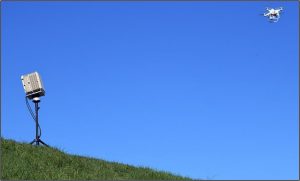
Leonardo’s TMMR: Source-electronics.leonardo.com
- Northrop Grumman (NG). NG fields the Highly Adaptable MMR (HAMMR), a derivative of the US Department of Defense’ Ground Based Fighter Radar (GBFR). The X-Band, 3D AESA MMR provides 360º coverage against ground/ aerial targets while mounted on a mobile platform. The HAMMR provides ground/ aerial situational awareness, C-UAS, counter-fire surveillance, SHORAD support and airspace management capabilities.

HAMMR Mounted on a High Mobility Multipurpose Wheeled Vehicle: Source-northropgrumman.com
- Thales. Thales fields the Ground Observer 20 MMR (GO20MM)-capable of persistent 360º 3D detection, tracking and classification of UAS, rotary-wing, personnel and vehicle threats. Thales also fields the compact GM200MM/C S-Band MMR, developed with the Royal Netherlands Armed Forces. The MMR features 4D AESA technology, with a dual-axis, multi-beam scan, which provides additional flexibility in elevation and azimuth while scanning. The MMR can perform C-UAS, Counter Artillery, air surveillance and SHORAD support functions. The Ground Fire is also a MMR capable of Counter Artillery, with the predominant role of air/ ballistic missile defence.

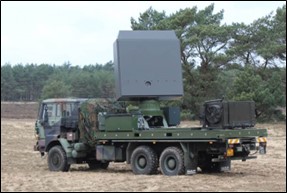
Thales GO20MM (L), GM200MM/C(R): Source-thalesgroup.com/armadainternational.com
Conclusion
The fast and fluid battlefields of today are characterised by non-linearity or simultaneous application of forces all across the battle depth, with varied combat resources applied in air, land and sea domains. Conventional application of military might is now coupled with other hybrid resources including anti-National elements and commercial equipment like drones to prosecute battle. In such a scenario, it is imperative for the tactical commander to be able to achieve and maintain persistent surveillance for detection, identification and mitigation of ground or near-surface threats. MMR aim to achieve these objectives and thus prove to be indispensable force multipliers on the tactical battlefield.
Disclaimer
The opinions expressed in this article are the author’s own and do not reflect the views of Chanakya Forum. All information provided in this article including timeliness, completeness, accuracy, suitability or validity of information referenced therein, is the sole responsibility of the author. www.chanakyaforum.com does not assume any responsibility for the same.
Chanakya Forum is now on . Click here to join our channel (@ChanakyaForum) and stay updated with the latest headlines and articles.
Important
We work round the clock to bring you the finest articles and updates from around the world. There is a team that works tirelessly to ensure that you have a seamless reading experience. But all this costs money. Please support us so that we keep doing what we do best. Happy Reading
Support Us










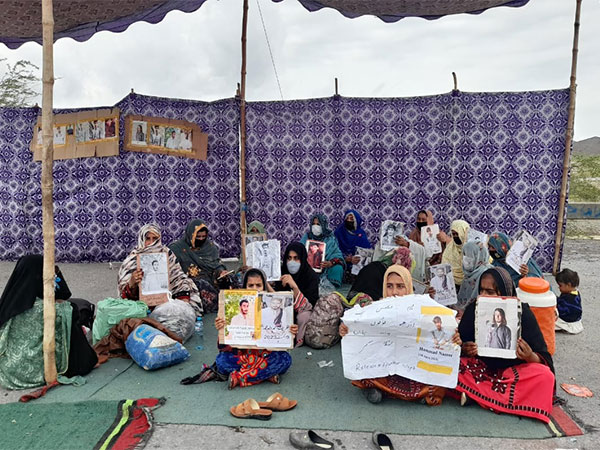
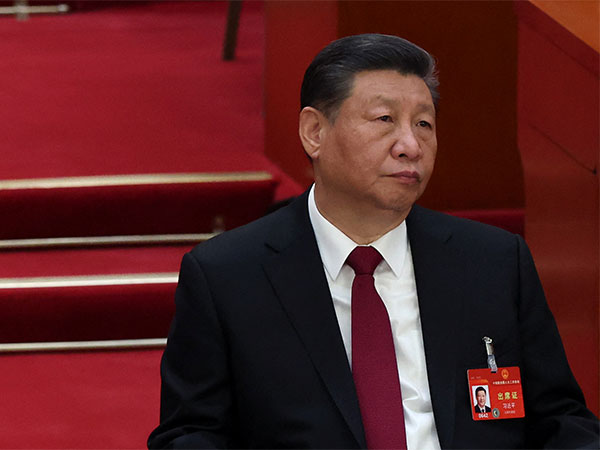


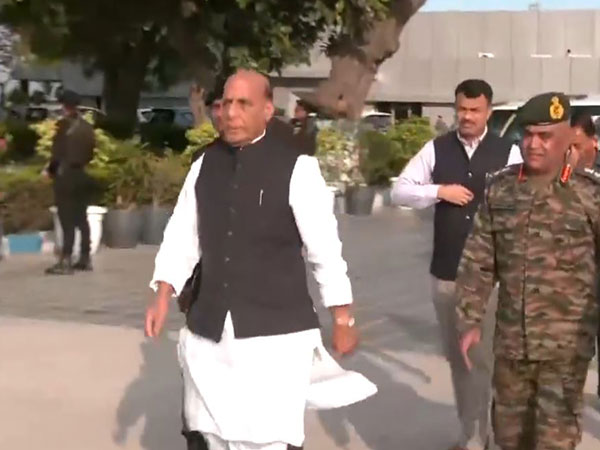






POST COMMENTS (0)